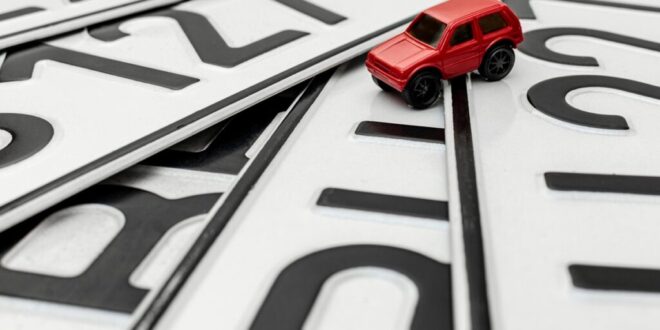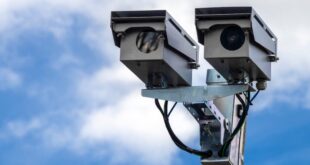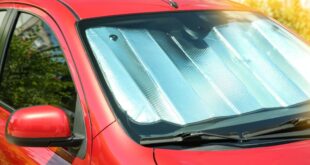Spain’s new number plates will be a chapter in its history as the letter N is introduced to all newly registered vehicles
Credit: IevgenGluzhetsky, Shutterstock
If you are thinking of buying a car in Spain, you may notice a few differences with the numberplates.
A new chapter is about to start – and it’s all down to a single letter.
What the new ‘N’ means for Spanish car registrations
The Directorate-General for Traffic has confirmed that there will be a major change in the near future.
Very soon, newly registered vehicles will start sporting number plates with the letter ‘N’ in the sequence – a small detail perhaps, but a clear sign that Spain’s registration system is ticking along steadily.
As of the date this article was written, the newest plates ended in MZX. Just over 20,000 cars remain before the system is rolled out to plates that begin with N.
The switch is expected to take place in April. There is no official date.
Since 2000, the Spanish number plate system follows a simple format: four numbers and three letters moving in a sequential order. Vowels and some consonants like Ñ and Q are skipped to avoid confusion.
After the numbering, the letters are alphabetized. This is why we began with plates such as 0000 BBB, and will eventually reach the 9999 ZZZ.
According to the DGT, there’s still plenty of life left in the system — enough to keep things running until sometime around 2050.
Spanish number plates have evolved from regional to a national system
The Spanish number plate hasn’t always been the same.
On 31 October, 1900 in the Balearic Islands was the very first registration.
Back then, plates included provincial codes — two letters showing where the car came from, followed by a series of numbers.
A plate such as TE 000234, would indicate that the vehicle was registered at Teruel.
This provincial system lasted up until the early 1970s, when it was replaced with a new alphanumeric style that blended letters and numerals but was still bound to specific regions.
This method served Spain for nearly 30 years before it became apparent in 2000 that a national system, free of location, was needed.
The current setup doesn’t show where a car was registered — a move designed to modernise the process and handle rising numbers of vehicles.
Spain’s unique vehicle plate: Who gets it and why?
Some vehicles have plates that are different from the norm.
Diplomatic cars for example use special colour schemes
Yellow with TA is for administrative staff, green with CD for diplomatic corps and red with CD for consulates.
Organisations international get blue plates with OI.
The security forces of the country also have their badges.
PGC and CNP are the designations used by the Guardia Civil and National Police respectively, while ET and EA are the designations used by the military.
Even the Ertzaintza police have distinctive plates in Gothic style.
So, if you start spotting brand new cars with a shiny ‘N’ on their plates, now you’ll know exactly why.
It’s not just another letter — it’s a little marker of how Spain’s roads, and the vehicles on them, keep moving forward.
Keep up with the latest news in Spain
 Costa News Spain Breaking News | English News in Spain.
Costa News Spain Breaking News | English News in Spain.





